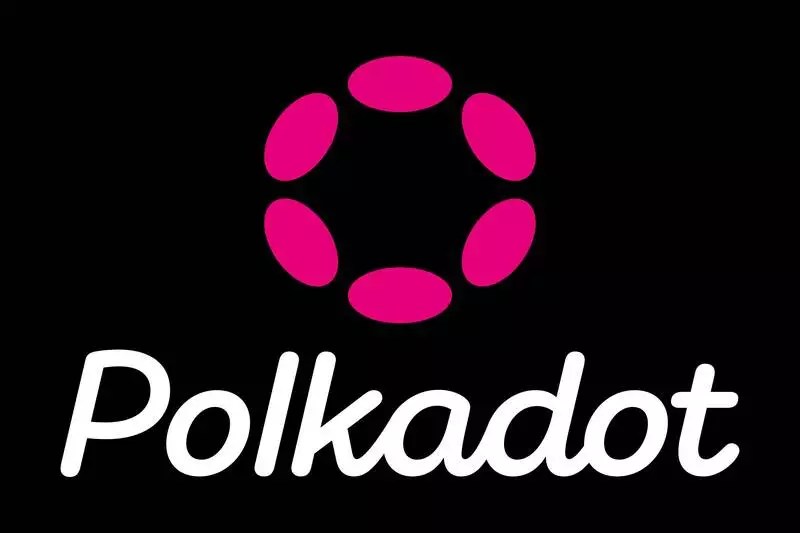The blockchain community has been abuzz with excitement following the launch of Polkadot 1.0 in July 2023. Now, with the impending release of Polkadot 2.0, the ecosystem is set to undergo a significant transformation. This new iteration is expected to bring about a host of technological advancements, including Async Backing, Elastic Scaling, and Agile Coretime. These upgrades are poised to revolutionize the way developers interact with the Polkadot network, making it easier than ever to create custom blockchain projects.
At the heart of Polkadot 2.0 lie its core components: the Polkadot SDK, Polkadot Chain, and Polkadot DAO. These elements work in harmony to provide developers with the tools they need to bring their blockchain projects to life. According to industry experts at Messari, the enhancements introduced in Polkadot 2.0 will allow the network to function much like popular cloud services such as AWS or Azure. With increased transaction throughput and dynamic resource allocation, Polkadot 2.0 is poised to cater to a wide range of projects, from high-demand applications to early-stage experiments.
One of the standout features of Polkadot 2.0 is its implementation of Agile Coretime, which aims to address inefficiencies in the previous system by dynamically allocating computing resources based on network demand. This ensures that projects receive the resources they need exactly when they need them, optimizing performance and efficiency. Elastic Scaling takes this concept a step further by enabling parachains to leverage multiple cores within a single Polkadot Chain block. This increased scalability allows for higher transaction throughput and more effective management of network loads.
Asynchronous Backing represents another key innovation in Polkadot 2.0, significantly improving block generation and validation processes. By reducing block time and enabling parallel transaction validation and block production, Asynchronous Backing enhances the overall efficiency of the network. The transition to a more flexible blockspace purchasing model further lowers entry barriers and streamlines resource utilization, paving the way for a more inclusive and accessible blockchain ecosystem.
Central to the operation of Polkadot 2.0 is the DOT token, the network’s native currency. DOT tokens are used for governance, staking, bonding, and transaction fee payments within the ecosystem. With over 1.3 million onchain wallets, DOT holders wield significant decision-making power through Polkadot’s advanced governance system, OpenGov. The Nominated Proof of Stake (NPoS) mechanism allows DOT holders to earn rewards by backing validators, ensuring the network’s security. Furthermore, the upcoming introduction of Agile Coretime will streamline the process of securing parachain slots, marking a significant step forward for the platform.
On the economic front, Polkadot’s inflation model incentivizes network participation by offering a 10% annual inflation rate. This rate can be adjusted through onchain governance, with allocations distributed among the treasury, validators, and nominators. By rewarding stakeholders for their contributions, Polkadot aims to foster a vibrant and engaged community that actively contributes to the growth and development of the network.
Polkadot 2.0 represents a significant leap forward for the blockchain ecosystem, ushering in a new era of innovation and efficiency. With its cutting-edge technological advancements, streamlined resource allocation, and robust governance framework, Polkadot is poised to redefine the way developers interact with blockchain technology. As the network continues to evolve and expand, stakeholders can look forward to a future filled with exciting possibilities and endless opportunities for growth and collaboration.


Leave a Reply